Try Me Trisomy: Living With Trisomy 18
February 20, 2020
Annalea Voyles was born with Trisomy 18, which is also referred to as Edwards disease. It causes severe developmental delays due to an extra chromosome 18. In the United States, there are fewer than twenty thousand cases a year. This condition causes low birth weight and an abnormal shaped head. Most Trisomy 18 babies do not survive past the first to second trimester and statistics show 90 percent of moms who get their diagnosis choose to abort.
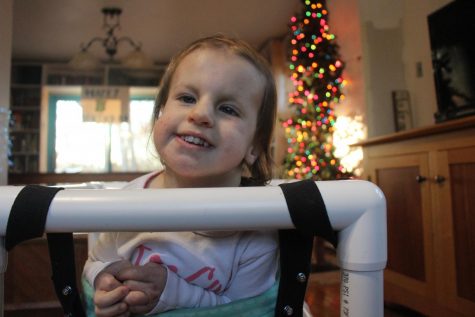
Anna was born with Autism spectrum disorder (a serious developmental disorder that impairs the ability to communicate and interact), obstructive sleep apnea (airflow blockage during sleep), hydronephrosis (extra fluid in the kidney due to a backup of urine), nephrocalcinosis (disposition of calcium salts) and gastrostomy tube (feeding tube). Her birth defects include a heart defect, clenched fists, small heart, small lungs and recessed jaw.
There are three types of Trisomy 18: full, mosaic and partial. The most common is full, which is also what Anna has. Full means every cell is triplicated. Mosaic is random cells are replicated, but this version is less common. Partial is every chromosome is affected, but not the entire chromosome, and random cells are replicated. This is the rarest form. Both mosaic and partial are known to have better outcomes because they are not as mentally or physically affected.
Surviving with Trisomy 18 is not easy. Parents without prenatal diagnosis have better outcomes due to the fact that the staff will give an immediate intervention without prejudice. As a whole, parents who keep their kids after they have been diagnosed are discriminated against, and often have to fight for treatment.
“We didn’t have a prenatal diagnosis, we didn’t even know until a week later,” Adriane Voyles, Anna’s mom, said.
When Anna was getting ultrasounds, she had two cysts the doctors were keeping an eye on, but at her next one they were gone. Anna’s mom still felt like something was wrong, however.
When Anna was born she weighed five pounds and 13 ounces and dropped to four pounds one ounce. This was abnormal because the rest of her children ranged from eight to almost 10 pounds. When Anna’s birth weight did not come back up, the doctor came to look at her.
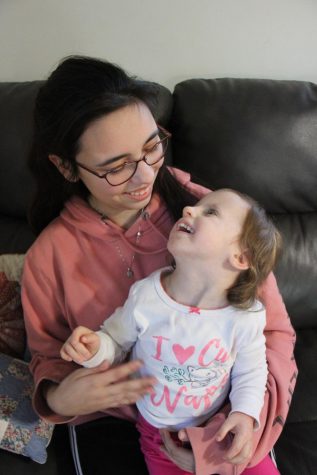
He noticed some abnormalities, but said it was nothing to worry about. Eventually, Anna’s mom took matters into her own hands and demanded a genetics test.
“I knew something was wrong, I could feel it. We were still in the hospital, so I found a nurse and demanded a genetics test,” Adriane said, “She assured me that’s not what it was, but I didn’t care.”
When the result came back, the nurses and doctors apologized constantly. They did not know how they missed it. Anna was diagnosed with Trisomy 18.
When doctors describe Trisomy 18, they use the term “incompatible with life.” When asked to discuss the outlook for a diagnosed baby’s future, it is described as “grim.”
However, a new study is showing promising results of mobility and strong social interactions, as well as being able to communicate and having a better range of motion.
“Anna had her genetics appointment [recently], and he said she’s doing amazing. She has personality and will interact with you,” Adriane said.
Annalea is nearly four years old and has joined the five percent of Trisomy 18 babies that have survived over a year. She now uses a walker to mobilize herself and she is almost able to sit up by herself.
While these things seem trivial to most, Trisomy 18 moms know it is a borderline miracle. Along with the delay of growth, the delay of mobility comes as well. Many children diagnosed with Trisomy 18 have very limited mobility and are not able to walk.
Despite these limitations, Anna has so much personality, and is a joy to all those who meet her. She loved lights, people and music. A lot of those who meet her instantly fall in love with her. She has continually impacted her siblings lives in such a positive way. She is stubborn, yet she is the sweetest girl you will ever meet.
“She has taught her siblings a level of compassion and love that they never would’ve learned without her,” Adriane said.
Gavin and Reese Voyles, Anna’s older brothers, could not agree more.
“Since she was born … I have found a greater sense of patience and contentment after my time with her,” Gavin said.
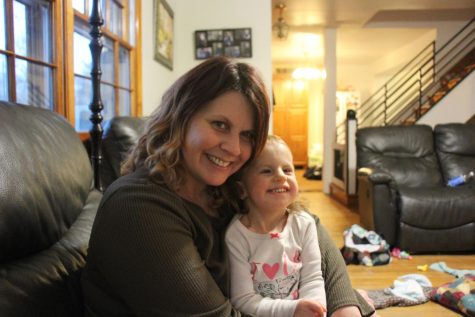
Since Anna has become part of her family’s lives, she has been able to teach them new traits. She has taught them how to be patient and kind. She makes them understand that they should try to put themselves in someone’s shoes before jumping to conclusions.
“She has made me grateful for all the things I can do. Every time you complain about life, just think about people like Anna who would love to get that chance to do the things you complain about,” Reese said. “She has made me patient. Helping her takes time, but she is so sweet and special that she deserves all my attention. She is always happy and content especially for someone who can’t get around very well.”
She has had continuous growth both mentally and physically. She has learned to interact with those around her, as well as begin to adapt more motor skills. She is going places in the world, and the “Adventures with Annalea” are not something to miss.
Check out the Facebook page run by Adraine Voyles to keep up with Annalea:
https://www.facebook.com/groups/1496690877011207/


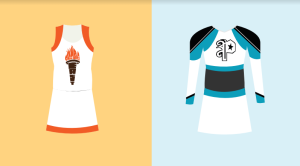

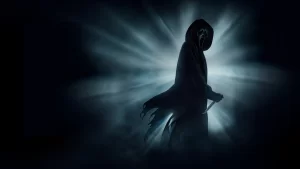


Heidi Murphy • Feb 20, 2020 at 4:38 pm
Thank you Adraine for sharing Anna! Anna is a true blessing and because of trisomy 18vour familiesxare connected!